Francis’s 38 Days in the Hospital: Appointments and Cries for Peace
As in 2020, when he accompanied humanity during the COVID-19 crisis, Francis continues today to guide the Church and serve as a point of reference in the world despite his illness and amid the "storms" of war, rearmament, and poverty. There were numerous calls for peace during his stay at the Polyclinic, as well as numerous messages and administrative decisions
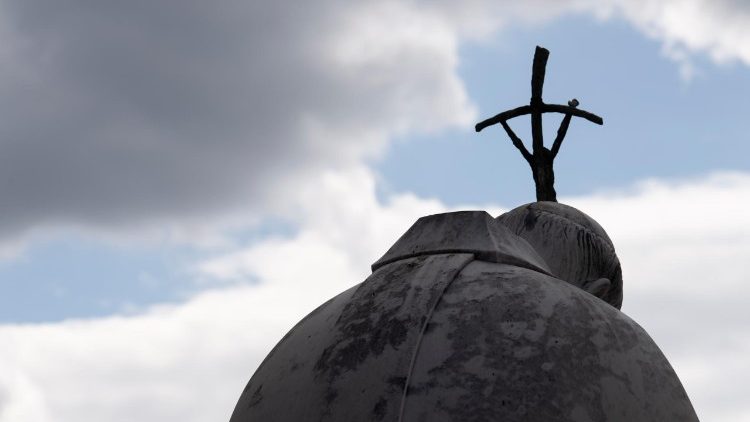
Five years ago, on the afternoon of this very day, there he was, in an isolated St. Peter’s Square, filled only with the flashing lights of lighthouses and the echoes of sirens. All of humanity was confined to their homes because of the COVID-19 pandemic, but the Pope was there, in the heart of Christianity, alone, yet accompanied by the gaze, the currents, and the prayers of all. “We realized we were in the same boat, all fragile and disoriented, but at the same time important and necessary, all called to row together, all in need of mutual comfort. In this boat… we are all in this boat,” Francis said at the time.
Five years later, it is the Pope who finds himself “confined” to his home, Santa Marta, to continue the convalescence prescribed by doctors after the bilateral pneumonia that endangered his life twice and required a 38-day hospitalization. Alone, but accompanied physically by the medical team and closest collaborators, and spiritually by the prayers of many, even those who do not believe. Fragile, but firm, and—even on this March 27, 2025, as in 2020—a point of reference for a lost humanity. The storm is no longer the pandemic, but wars and crises, arms races, and the lives of peoples strangled by violence and precariousness. “We’re all in this boat.”
His view of the world and the Church
Jorge Mario Bergoglio never stops steering this ship, and he hasn’t stopped doing so even during Lent spent at the Gemelli Hospital, between respiratory emergencies, drug therapies, and physical therapy. His hands on the helm of the Church, his eyes on the horizons of Europe, the Middle East, Africa, and Southeast Asia, all torn apart by the war that “from here,” from the tenth floor of the health center, “seems even more absurd.” A phrase written in the Angelus meditation on March 2 and imprinted in the collective memory.
The one from March 2 was the second of six meditations broadcast over the six Sundays since February 14, the day of his admission, when the window of his private study in the Vatican Apostolic Palace was closed. In each of his reflections, there was always a reference to conflict situations, from the first meditation on February 16th to that of Sunday the 23rd, the eve of the third anniversary of the beginning of the large-scale aggression against Ukraine. “A painful and shameful anniversary for all of humanity,” the Pontiff described it, inviting us to remember “the victims of all armed conflicts” and to “pray for the gift of peace in Palestine, in Israel and throughout the Middle East, in Myanmar, in Kivu, and in Sudan.” This invitation was also extended in the Angelus on March 9th, the first Sunday of Lent, in which he expressed his “concern” over the escalation of violence in Syria, calling for “full respect for all ethnic and religious components of society, especially civilians.”
Then, on the 16th, a Sunday packed with children of various nationalities on the Gemelli esplanade, he asked them for support in prayer, especially for the “countries wounded by war.”
Again, on March 23, the day of his medical discharge, Francis shared his sorrow at the resumption of Israeli bombing of Gaza: “I ask that the weapons be immediately halted; and that there be the courage to resume dialogue, so that all the hostages may be freed and a definitive ceasefire may be reached,” he wrote, denouncing the “once again very serious” humanitarian situation in the Strip, which “requires the urgent commitment of the warring parties and the international community.”
“Disarming words, minds, the Earth”
Not only the Angelus, but among the words of peace disseminated from the care center, those sent to the director of Corriere della Sera, Luciano Fontana, in a letter responding to a message wishing him a speedy recovery, were striking.
The letter was published on the same days as the controversial announcement of the “Rearm Europe” plan, and in it the Pope urges disarmament, starting with the use of words, which, he states, “are never just words: they are deeds that build human environments. They can connect or divide, serve the truth or be used by it.” “We must disarm words, to disarm minds and disarm the Earth,” the Bishop of Rome appeals. “While war only devastates communities and the environment, without offering solutions to conflicts, diplomacy and international organizations need new life and credibility.”
More than 40 appointments and a chirograph
The signature in lowercase cursive, “Francesco,” concludes the letter to the Italian newspaper. The Pope signed it under documents signed during his hospitalization. During his six weeks of hospitalization, he made 44 appointments, including bishops, archbishops, and nuncios (Burkina Faso, Chile, and Belarus). He also announced the start of the term of the President of the Governorate of Vatican City State, Sister Raffaella Petrini, on February 15, the day after his hospitalization. Ten days later, the Pope appointed the Governorate’s two new secretaries general: Monsignor Nappa, until now deputy secretary of the Dicastery for Evangelization, and lawyer Puglisi-Abrandi, until now deputy secretary general. Other decisions linked to Church governance stand out, such as the chirograph published on February 26 establishing the Commission for Donation of the Holy See, a new body to “encourage donations through appropriate campaigns” among the faithful, Episcopal Conferences, and other potential benefactors, as well as to “find funding from willing donors for specific projects presented by the institutions of the Roman Curia and the Governorate of Vatican City State.”
The Beginning of a Journey
In the 38 days at the helm of the boat during the storm of the disease and the global situation, there are also four catecheses prepared for the Wednesday general audiences (February 19 and 26–March 5 and 19), six messages (including the Lenten Message or those addressed to participants in the general assembly of the Pontifical Academy for Life, the pilgrimage of the Pro-Life Movement, and the plenary assembly of the Pontifical Commission for the Protection of Minors), and the letter sent to Cardinal Mario Grech, Secretary General of the Synod, to establish the beginning of a journey leading to an Ecclesial Assembly in 2028 in the Vatican, consolidating what has been achieved until then, without convening a new Synod.
This decision sets the universal Church back on track for the next three years, always accompanied by the Pope. Never alone, even when isolated; never weak, even when convalescing; Never absent, even if physically far from the faithful due to a global epidemic or a personal illness.
Related
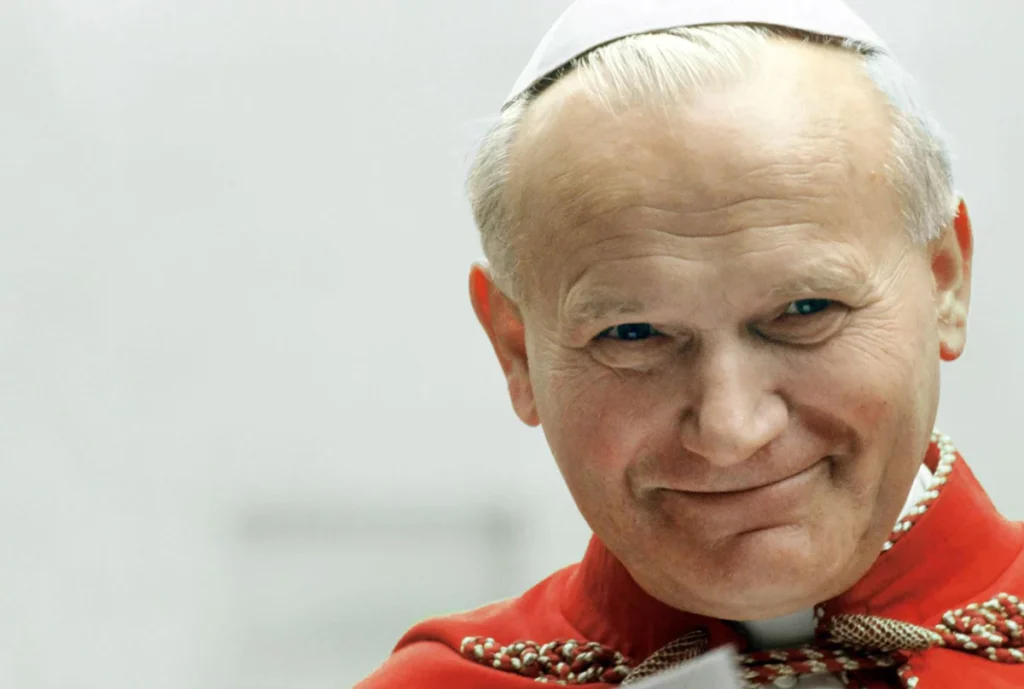
The Saint of Life and Joy
Exaudi Staff
03 April, 2025
4 min
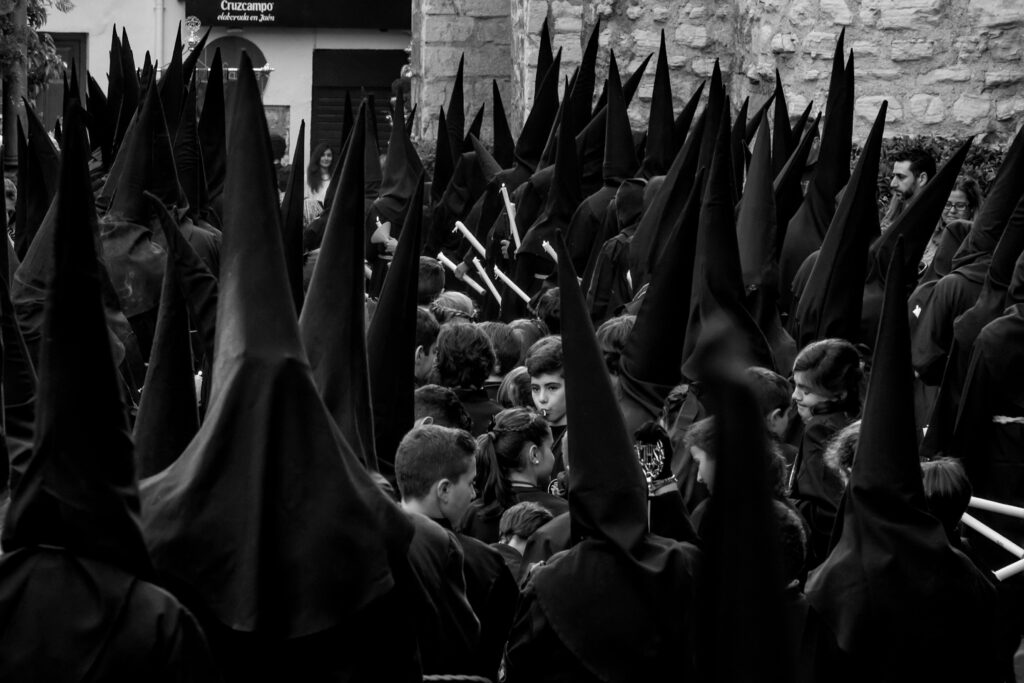
A path of contemplation and encounter with the Redemptive Mystery
Exaudi Staff
03 April, 2025
3 min
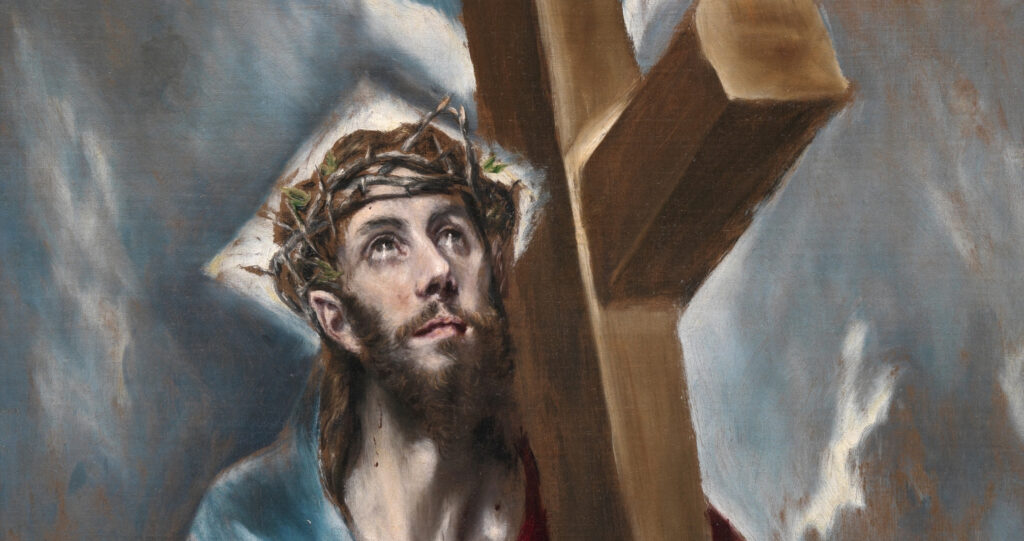
An Encounter Between Art and Spirituality
Exaudi Staff
03 April, 2025
4 min
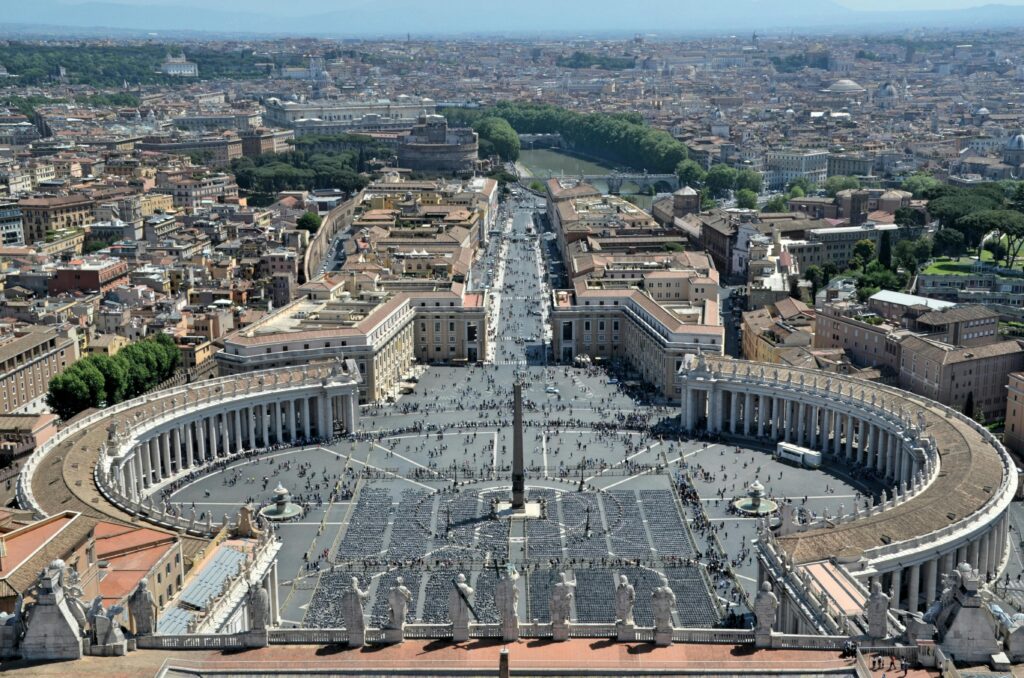
Holy Week 2025 at the Vatican: Calendar. Faith, Tradition, and a Long-Awaited Canonization
Exaudi Staff
02 April, 2025
1 min
 (EN)
(EN)
 (ES)
(ES)
 (IT)
(IT)

